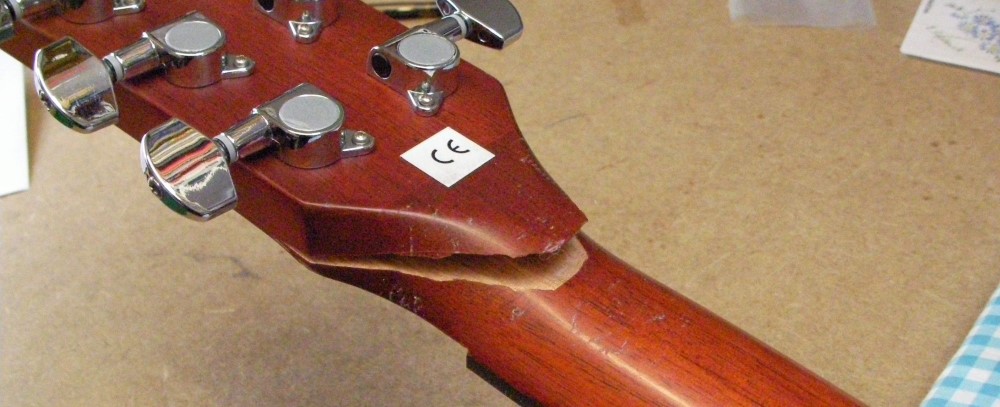Angled Headstock (3/3)

There is another way to build an angled headstock - the wrong way, or you might say the Gibson way. That is to use a single piece of wood thick enough to carve the entire neck out of. You might think that making it all one piece would be stronger, but it is not. The scarf joint uses the wood in its strongest directions - always along the grain. The Gibson way places a critical area of the wood in shear along the grain. Ever seen them split logs in a Western movie?
Add to that a lot of other design flaws, like brittle mahogany and too great an angle, and you end up with something that is going to break. Gibson's only solution to this terrible design is to put a piece of veneer over it. Often, that is all that ends up holding it together.
So that's how to build an angled headstock, and how not to. The wrong way actually looks like more work and more expense to me.










Questions or Inquiries?
Just want to say Hello? Sign the .